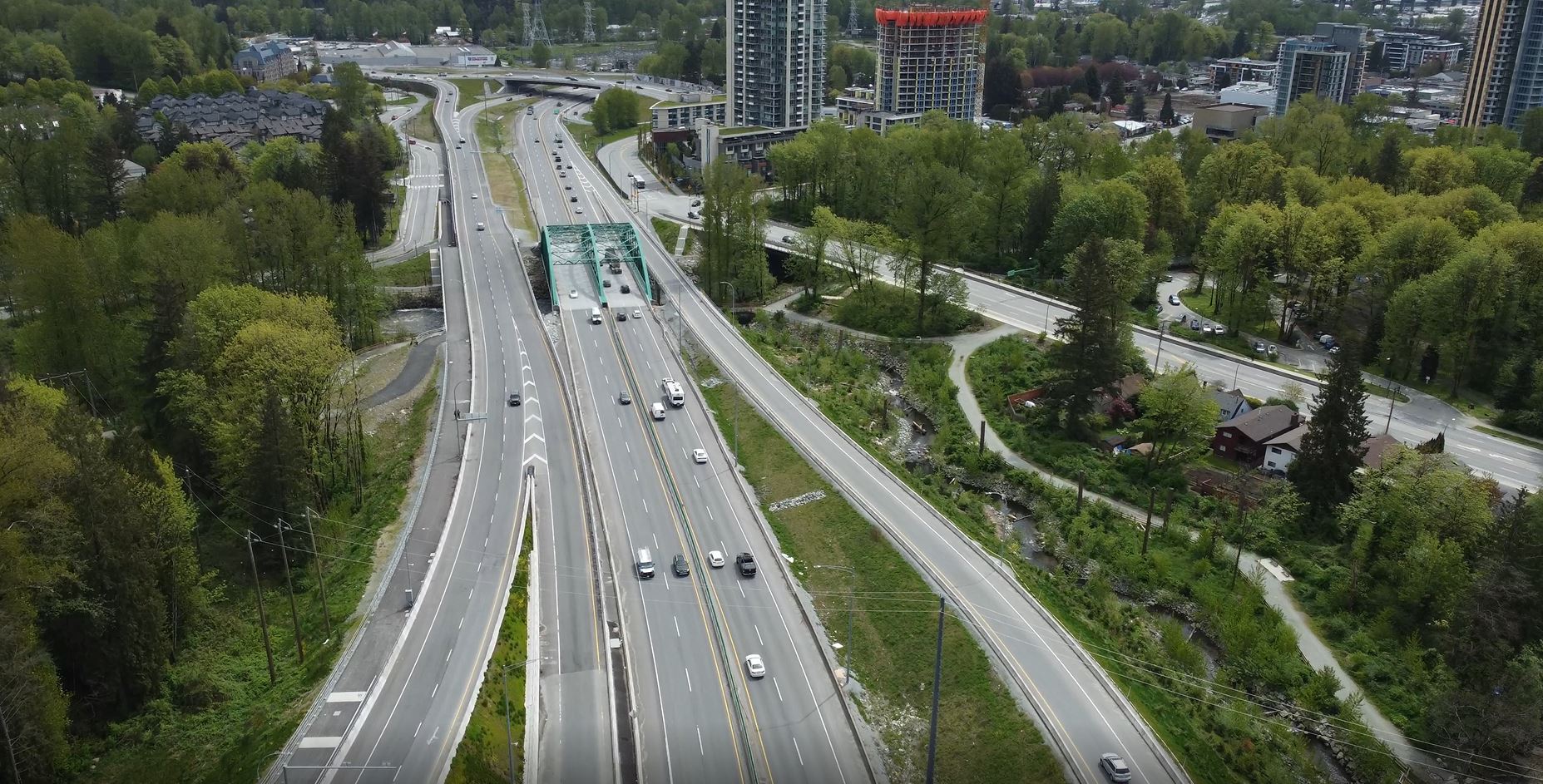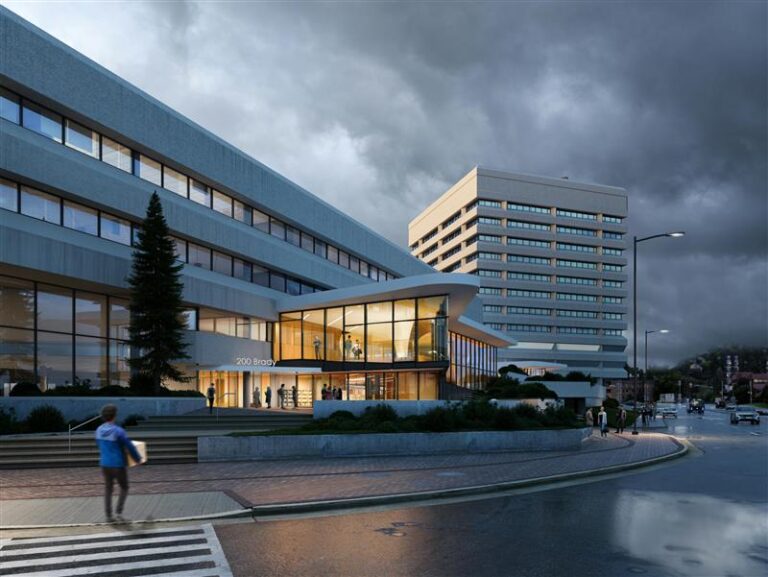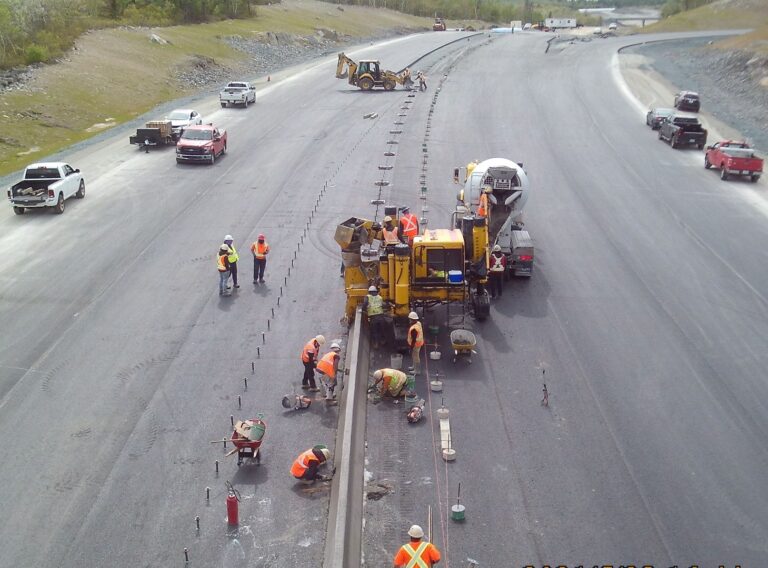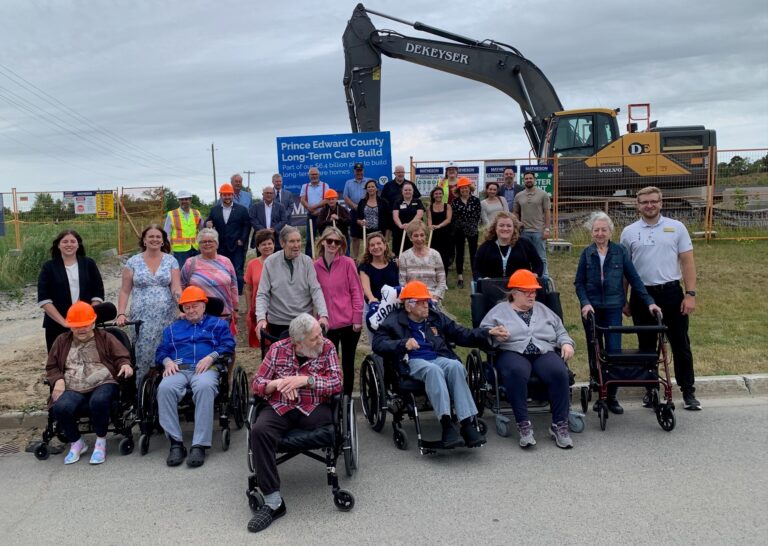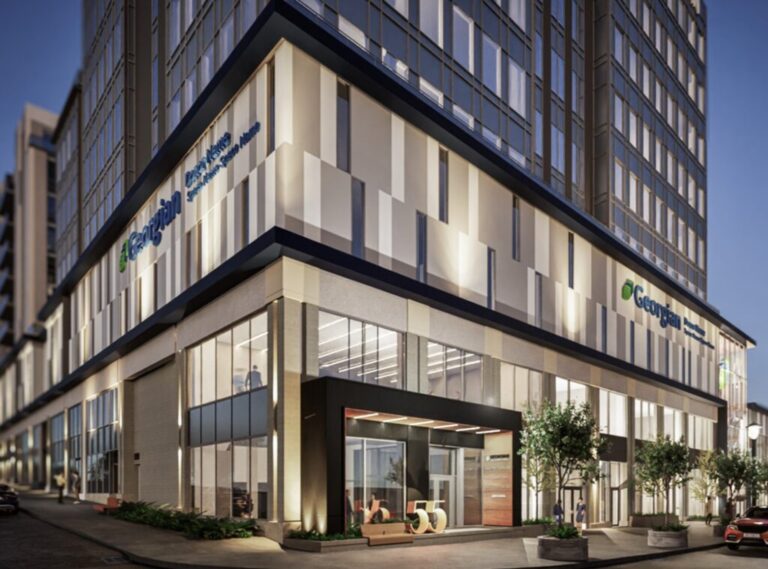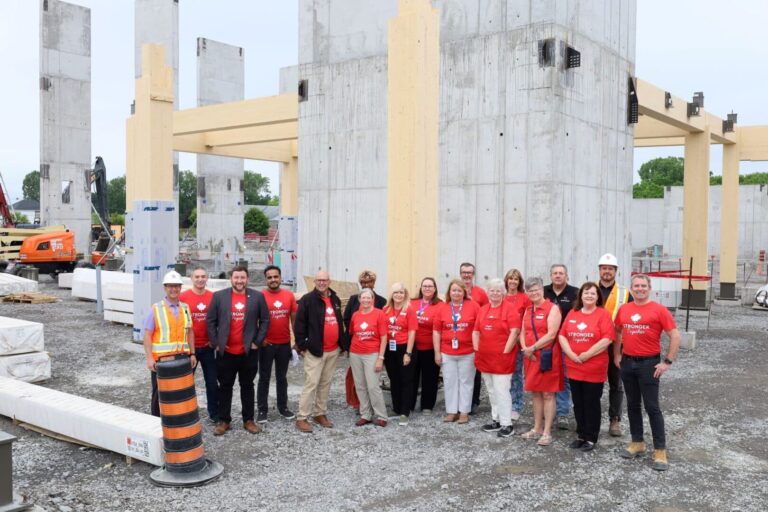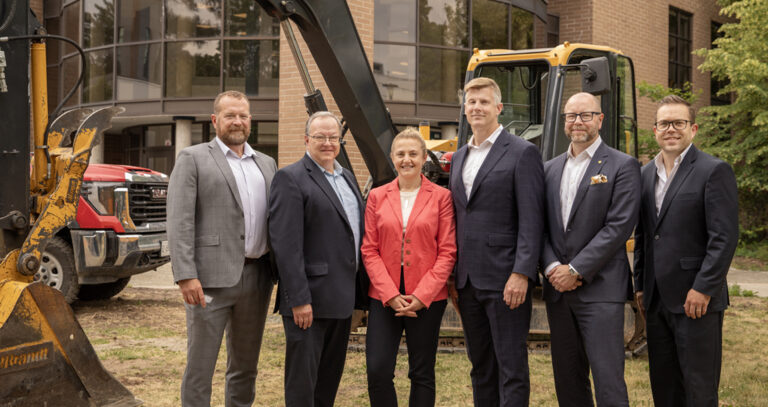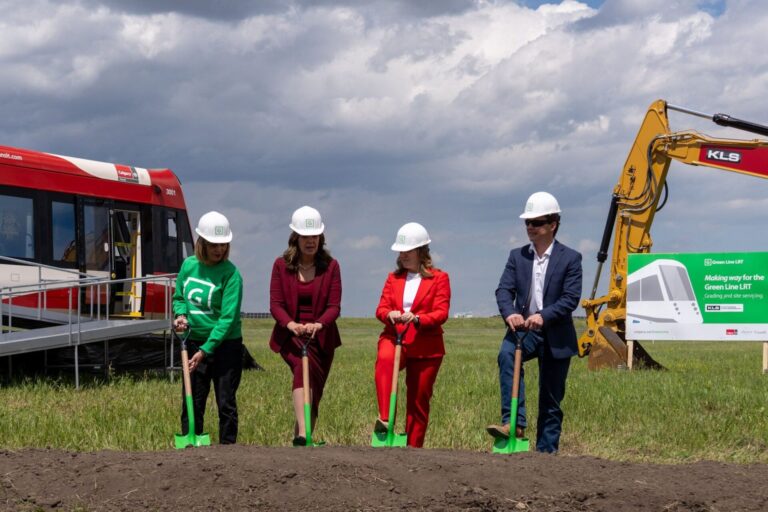The Government of British Columbia announced that all four phases of the Lower Lynn Improvements Project are complete, providing improved traffic flow and better active transportation options for more than 120,000 daily commuters.
“Today, we celebrate the delivery of a more efficient transportation system,” said Jonathan Wilkinson, federal Minister of Natural Resources and MP for North Vancouver. “The Lower Lynn Improvements Project will help reduce congestion, improve safety and provide a better traffic flow for commuters. Our government will continue to work collaboratively with the Government of British Columbia and the District of North Vancouver to improve the quality of life for all British Columbians.”
The series of roadwork improvements improve safety, reduce congestion and provide better connectivity for local people, commercial drivers and active-transportation commuters.
“The improved traffic flow and better pedestrian, cycling and transit connections provided through this project help enhance safety and connectivity, while reducing the likelihood of disruptive collisions,” said Bowinn Ma, Minister of State for Infrastructure. “This project is the result of several successive governments working together and I thank everyone who has contributed to it over the years.”
The $198-million project delivers upgrades for several roadway components that shorten commute times in the Lower Lynn area by at least nine minutes in the eastbound direction and four minutes in the westbound direction. New road configurations are estimated to reduce greenhouse gasses by 1,900 tonnes over the next 25 years, supporting CleanBC and federal pollution reduction goals.
Benefits to commuters on this stretch of Highway 1, which connects Metro Vancouver to the North Shore, the Horseshoe Bay Ferry Terminal and Highway 99 include:
- increased travel speed on and off the North Shore via the Ironworkers Bridge;
- new interchanges that remove local traffic from the highway within the Lower Lynn area by nearly 1,500 vehicles every hour during peak hours;
- safety improvements that reduce accidents by an estimated 25-35%;
- improved highway access and connectivity within the municipal network;
- better transit accessibility; and
- new and upgraded active transportation facilities for cyclists and pedestrians throughout the area.
The project included $15 million in active transportation improvements, such as new and enhanced bike paths, sidewalks, trails, and multi-use pathways that separate pedestrians and cyclists from vehicles, including:
- new pedestrian and cycling tunnels beneath Mountain Highway connecting the Salop and Lynn Creek Trails; and
- a westbound on-ramp on Mount Seymour Parkway providing a safe connection from Lynnmour to Keith Road.
“This section of Highway 1 is a vital regional corridor for people and services,” said Terry Beech, Parliamentary Secretary to the Deputy Prime Minister and Minister of Finance, and MP for Burnaby North-Seymour. “These upgrades will make residents’ commutes safer and shorter, reduce congestion, and create jobs. By reducing congestion and adding active transportation options, we are lowering our greenhouse gas emissions, while creating healthier communities.”
Mike Little, mayor, District of North Vancouver, said: “The completion of this project marks a milestone for transportation on the North Shore. The infrastructure improvements in this area have created safer, more efficient connections to enable those who drive, walk and bike to get to where they need to go. Improving highway access safety and the routes to and from Keith Road and Mount Seymour Parkway, while upgrading active transportation routes for cyclists and pedestrians, are just some of the benefits we’ve seen so far. Though we still have work to do to address our traffic and congestion issues, this project is a step in the right direction.”
Funding for the Lower Lynn Improvements Project was provided by the Province of B.C. ($76.7 million), Government of Canada ($66.6 million) and the District of North Vancouver ($54.7 million). All four phases of the project were delivered by Lafarge Canada Inc.
Featured image: (BC Ministry of Transportation and Infrastructure)

